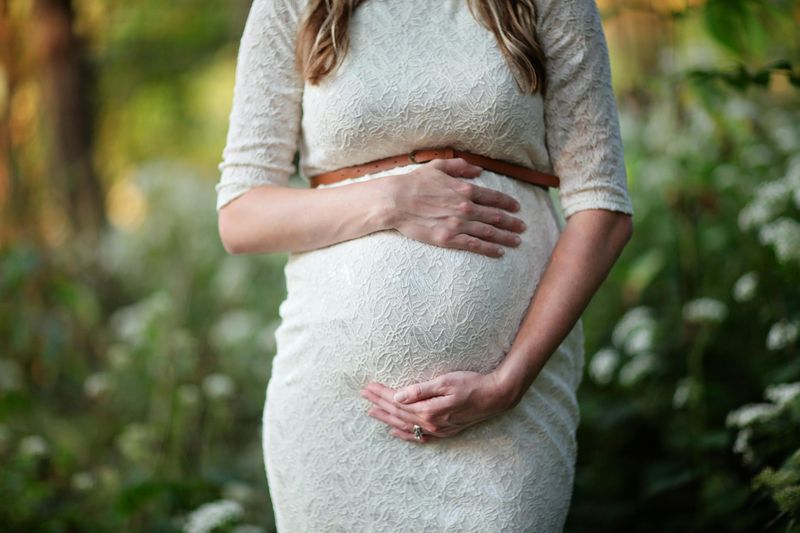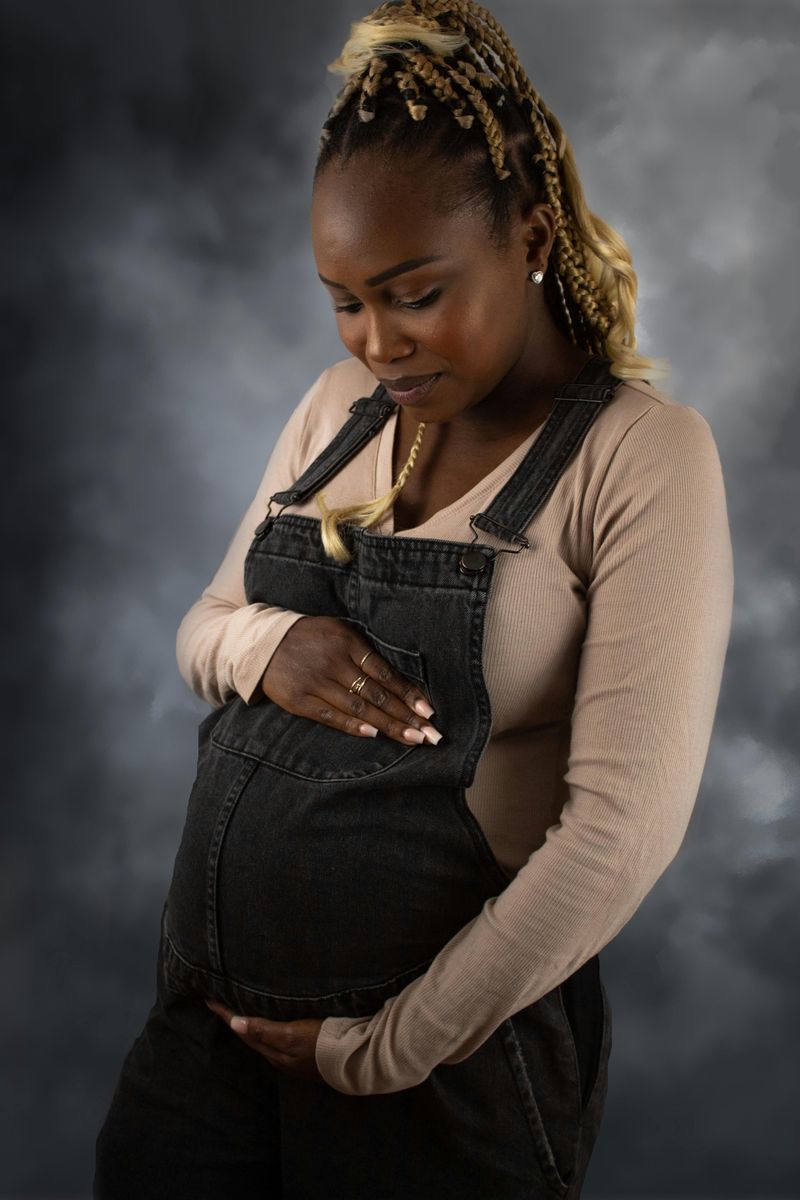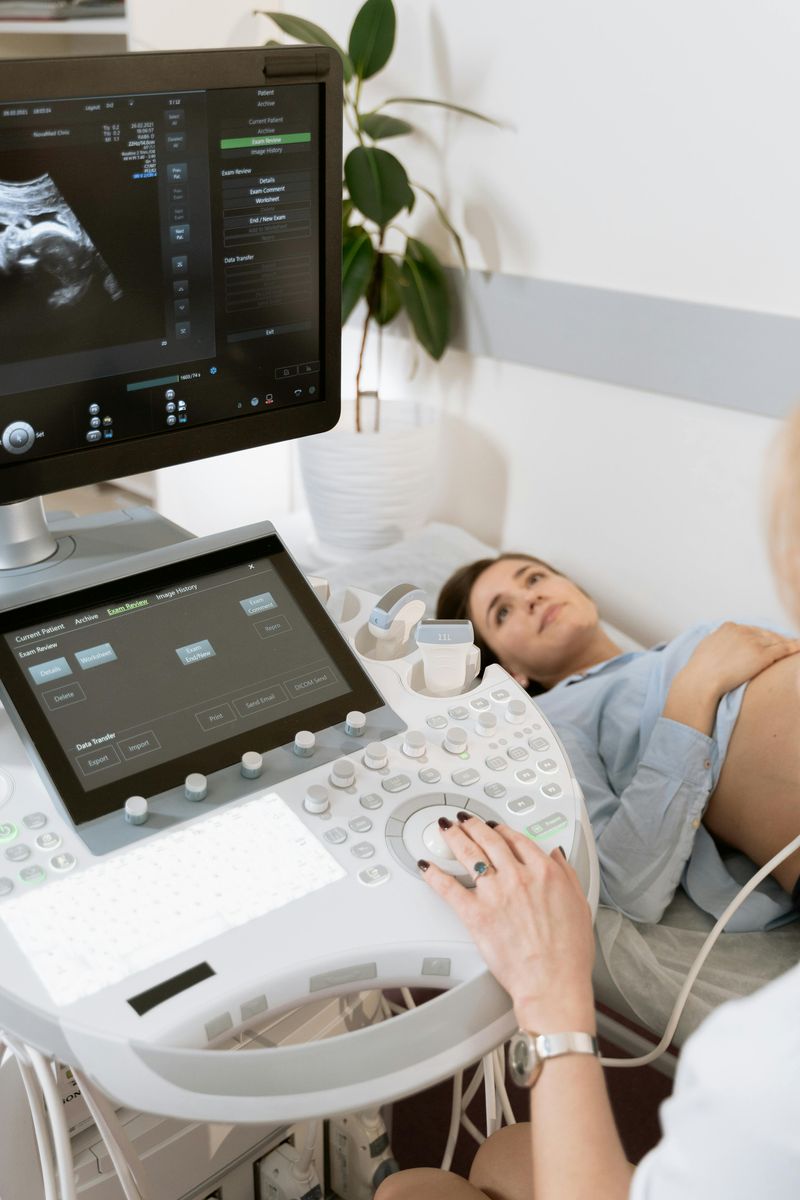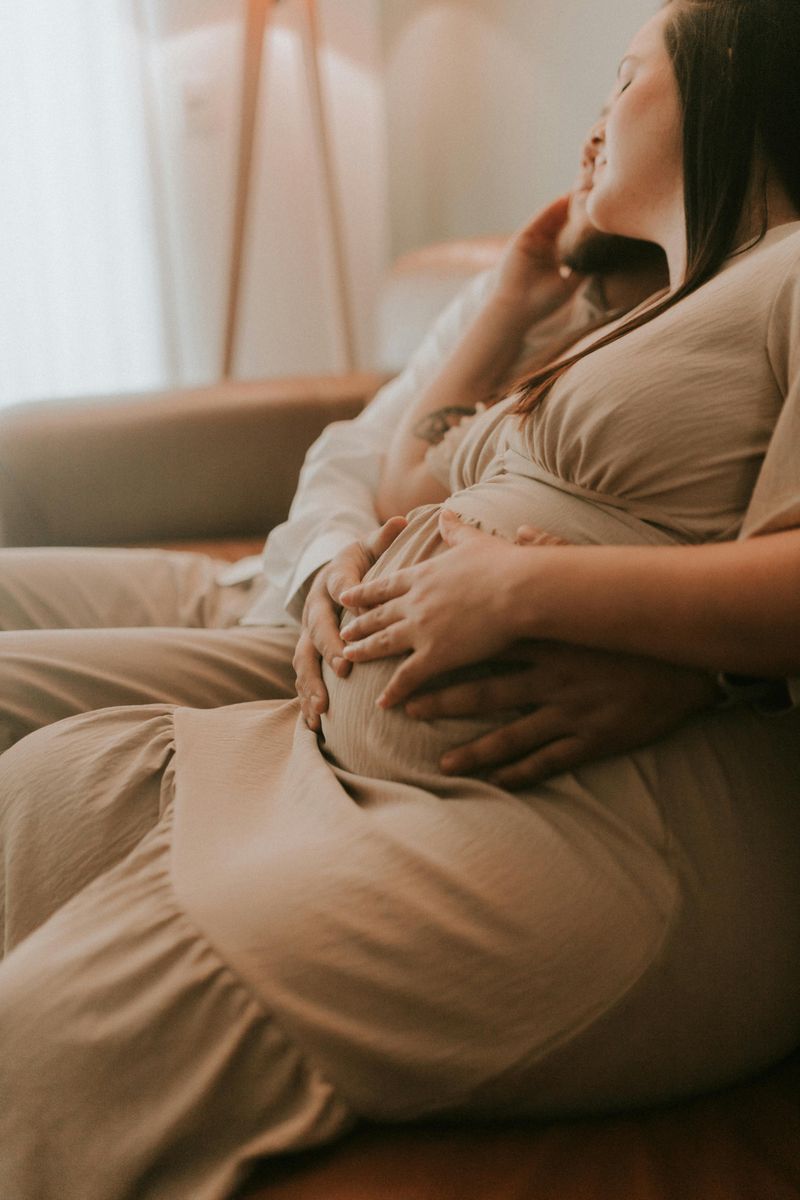13 Pregnancy Myths Parents Still Believe—Even in 2025

Pregnancy might be one of life’s greatest adventures, but it’s also surrounded by some of the weirdest advice and folklore you’ll ever hear. From what you eat to how you carry, everyone suddenly becomes an “expert” with a story that starts with, “Well, my grandma always said…”
1. If you have heartburn, your baby will be born with a lot of hair

Heartburn during pregnancy is almost a rite of passage, but blaming your baby’s luscious locks for it? That’s a stretch. While a few small studies hinted at a connection between hormones and hair growth, the evidence isn’t strong enough to claim your fiery chest means you’re giving birth to Rapunzel.
The truth is, pregnancy hormones like progesterone relax your digestive tract, making acid reflux more common — hair or no hair. So if you’re keeping antacids on your nightstand, it’s not because your little one is growing a mane.
Still, this myth persists because it’s cute and harmless. And honestly, if believing your baby’s going to come out ready for a shampoo commercial makes the heartburn feel a little more worth it, who’s going to stop you?
2. Spicy foods induce labor

Many pregnant women reach for the hot sauce in those final weeks, hoping for a little culinary nudge toward delivery day. Unfortunately, your favorite tacos won’t speed things up — though they might give you heartburn and regret.
The myth likely stuck around because spicy foods can irritate your stomach, occasionally leading to cramping. But those cramps aren’t contractions, and doctors agree that no solid evidence links jalapeños to labor.
If you’re desperate to meet your baby, you’ll have better luck taking a walk or relaxing than eating something that makes your tongue go numb. Besides, once the baby arrives, spicy food might be off your menu for a while — so enjoy it while you can, just don’t expect fireworks afterward.
3. Craving sweets = you’re having a girl

It’s fun to guess your baby’s gender based on cravings, but science says it’s about as accurate as flipping a coin. Hormonal shifts during pregnancy can affect your sense of taste and smell, which explains why that jar of Nutella suddenly looks irresistible.
While the myth claims that sweet cravings mean a girl and salty ones mean a boy, studies show cravings have more to do with your body’s changing nutritional needs than your baby’s gender.
Still, it’s a charming tradition that adds a little personality to pregnancy. So go ahead — indulge in that cupcake. Just know it’s not a clue from your unborn daughter; it’s your body saying, “We’re tired, feed us sugar.”
4. Severe morning sickness means you’re having a girl / mild sickness means a boy

Feeling miserable in the morning (or all day) is rough enough without people using your nausea as a gender predictor. The logic goes that female fetuses cause higher hormone levels, leading to worse sickness — but research shows it’s far from foolproof.
While women carrying girls may have slightly higher hCG levels, plenty of moms expecting boys also suffer from severe morning sickness. Genetics, hormones, and even stress levels play bigger roles than your baby’s chromosomes.
So, if you’re spending more time hugging the toilet than planning a nursery, don’t assume pink paint just yet. Grab your ginger tea and remind yourself that morning sickness is a sign of a healthy pregnancy — regardless of who’s in there.
5. Glowing, clear skin = you’re having a boy

That fabled “pregnancy glow” gets a lot of attention — and, apparently, gender speculation. The myth says glowing skin equals a boy, while dull or acne-prone skin signals a girl.
In reality, your skin’s radiance comes from increased blood flow and hormone changes, not baby gender. Some moms truly glow; others battle breakouts that rival their teenage years — all thanks to fluctuating oil production.
The glow myth likely stuck around because it’s flattering. Who doesn’t want to be told they’re radiant? So if someone compliments your skin and immediately follows it with a gender guess, just smile. Science says your glow is all you, not your baby’s chromosomes.
6. Carrying low = it’s a boy

People have been reading belly shapes like tea leaves for centuries. Carrying low supposedly means a boy, while carrying high points to a girl. It’s an easy myth to believe because, well, everyone’s bump looks different.
But belly shape has nothing to do with gender. It’s influenced by muscle tone, body type, posture, and how far along you are. A first pregnancy often “sits higher,” while subsequent ones drop sooner because your muscles have loosened up.
So when strangers in the grocery store start guessing based on your bump’s position, take it with a grain of salt. The only reliable way to know who’s in there? A medical scan — not your belly’s altitude.
7. High fetal heart rate predicts a girl

Some parents swear by the “over 140 beats per minute equals girl” rule. It sounds scientific, but unfortunately, it’s just as unreliable as flipping a coin.
Fetal heart rate fluctuates constantly depending on your baby’s activity, your hormones, and even the time of day. Early in pregnancy, all babies’ heart rates are high, often exceeding 160 bpm, before gradually slowing down as development continues.
Doctors use heart rate to assess health, not gender. So while it’s tempting to find meaning in those rapid thumps on the monitor, remember — your baby’s heart is working hard, not spilling secrets.
8. Moon phases during conception influence baby’s gender

Romantic as it sounds, the moon’s glow has no say in whether you’ll be shopping for pink or blue. Yet, the belief that lunar cycles affect conception or gender has persisted for centuries, rooted in old fertility calendars and folklore.
Science hasn’t found any link between moon phases and conception outcomes. Gender is determined by whether the sperm carries an X or Y chromosome — not whether it was a full moon or a waxing crescent.
Still, it’s a myth that refuses to fade because it’s harmless and whimsical. After all, if you’re already tracking ovulation and symptoms, adding a little moon magic to the mix makes the process feel more mystical than medical.
9. Eating for two

It’s one of the most common — and misunderstood — phrases tossed at pregnant women. While it’s true you’re nourishing another life, that doesn’t mean doubling your calorie intake.
Most doctors recommend only about 300 extra calories a day in the second and third trimesters — roughly the equivalent of a small smoothie or a peanut butter sandwich. Overeating can actually make pregnancy harder, leading to fatigue or gestational diabetes.
That said, if you’re hungry, eat! Pregnancy hunger is real, and your body’s needs shift daily. Just don’t let the “eating for two” myth trick you into thinking you need a second plate at every meal. Balance is the name of the game.
10. Pregnant women shouldn’t dye their hair

A trip to the salon doesn’t have to be off-limits once you’re expecting. Many women avoid hair dye out of fear that chemicals will harm their baby, but modern dyes are far safer than old-school formulas.
Experts say there’s minimal absorption through the scalp, and there’s no evidence linking hair dye to pregnancy complications. Still, if you want to play it safe, wait until the second trimester or use ammonia-free products.
And if that first gray hair is driving you crazy, go ahead and book that appointment. Pregnancy already changes your body enough — your hair color doesn’t have to be another casualty.
11. Pregnant women shouldn’t exercise

Gone are the days when pregnant women were told to sit still and “take it easy” for nine months. Regular, moderate exercise can improve your mood, energy, and even make labor smoother.
Unless your doctor advises otherwise, activities like walking, swimming, and prenatal yoga are great ways to stay fit. Exercise also helps reduce common pregnancy woes like back pain and swelling.
The key is listening to your body — not pushing for personal bests. If you can chat while moving, you’re probably in the safe zone. So lace up those sneakers and move for two (not eat for two).
12. Pregnant women should avoid baths

Warm baths can feel like heaven when you’re sore and swollen, but some people warn they’re unsafe. The truth is, baths are perfectly fine — as long as the water isn’t too hot.
High heat (like in hot tubs or saunas) can raise your core body temperature, which isn’t ideal for developing babies. But a warm soak in the tub? That’s self-care, not danger.
Add some Epsom salt, light a candle, and relax. Pregnancy is hard work, and you deserve comfort — just keep it cozy, not boiling.
13. Pregnant women shouldn’t have sex

This myth has been making couples nervous for generations, but unless your doctor specifically advises against it, intimacy is safe throughout a healthy pregnancy.
Your baby is well-protected inside the uterus, cushioned by amniotic fluid and the uterine walls. Sex won’t disturb or “hurt” them, though you may need to experiment with new positions as your belly grows.
For many couples, staying connected during pregnancy actually strengthens their relationship. Just make sure to communicate openly and stop if anything feels uncomfortable. Pregnancy may change your body, but it doesn’t have to put romance on pause.

Comments
Loading…